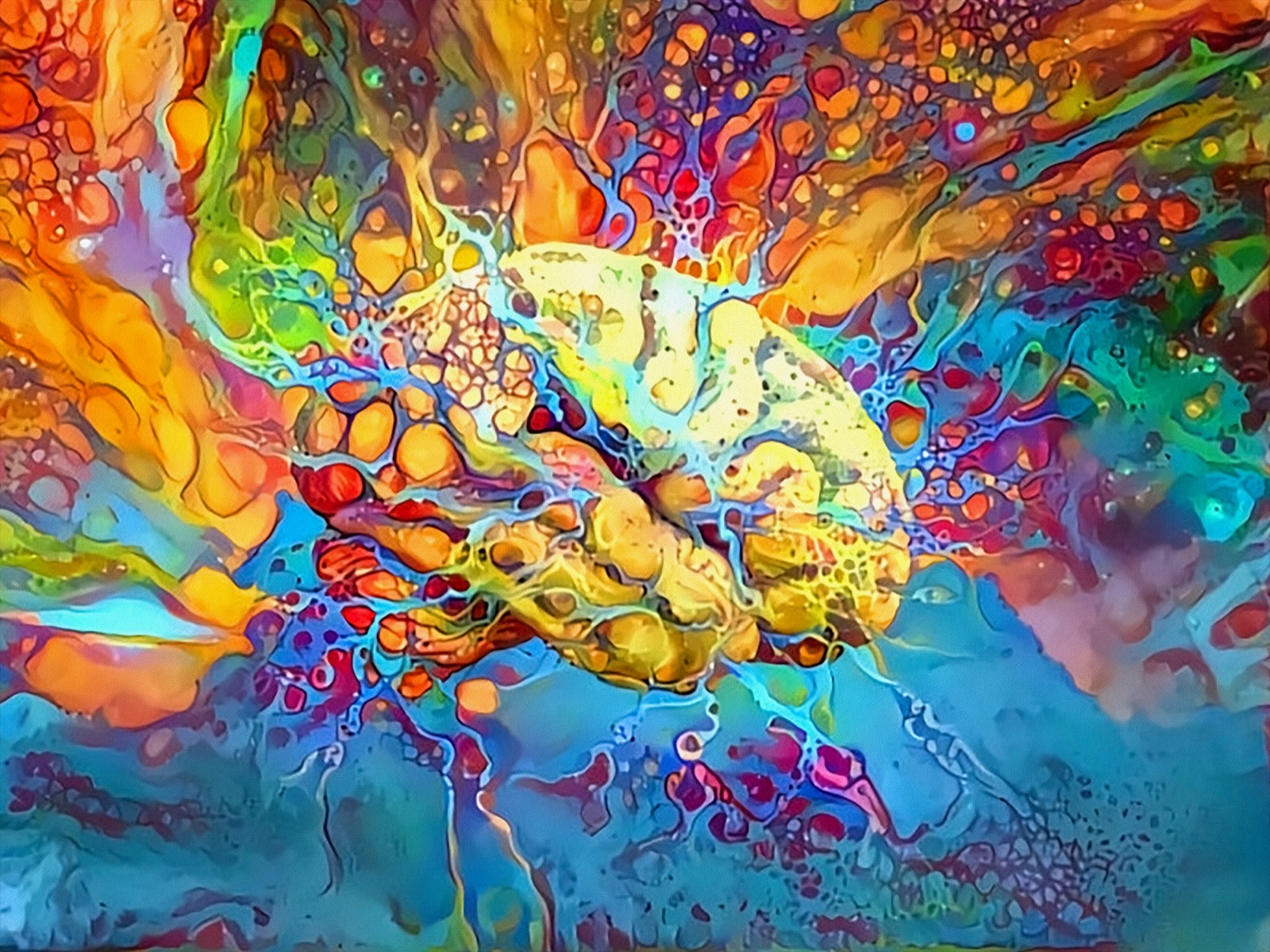Delving Into the Diverse Globe of Artistic Expression: From Surrealism to Abstract Realistic Look
In the world of creative expression, from the dreamlike landscapes of surrealism to the intricate play of light and kind in abstract realistic look, artists have actually constantly pushed the boundaries of creative thinking and creative imagination. Each motion holds a distinct lens through which the globe is seen and translated, providing a glimpse right into the depths of human emotion, assumption, and assumed. As we discover the complex globe of art, we exist with a tapestry of styles, techniques, and philosophies that challenge our understanding and provoke reflection. The trip via these diverse kinds of artistic expression assures to untangle a rich tapestry of visual narration and intellectual questions that mesmerizes the mind and stirs the heart.
Surrealism: Letting Loose the Subconscious
Surrealism, an avant-garde imaginative movement of the 20th century, explored the depths of the subconscious, introducing a world of dream-like images and unusual associations. Led by artists like Salvador Dali, René Magritte, and Joan Miró, Surrealism looked for to challenge the standard means of seeing and comprehending art. Through methods such as automatism and desire analysis, Surrealist artists aimed to take advantage of the unconscious mind to disclose covert facts and wishes.
Among the crucial elements of Surrealism was the emphasis on the irrational and the remarkable. By integrating unforeseen aspects in their works, Surrealist artists aimed to develop a feeling of disorientation and shock in the viewer. This disturbance of logic and reason was implied to provoke a deeper exploration of the subconscious and the mysteries of the human psyche.
Abstract Realism: Redefining Understanding
Challenging standard artistic borders, Abstract Realistic look redefines assumption with the fusion of recognizable components with abstract types. This ingenious approach to art combines the representational accuracy of realism with the imaginative freedom of abstraction, using visitors a special aesthetic experience that triggers them to examine their assumption of truth.
In Abstract Realism, musicians make every effort to record the essence of their subjects while also instilling their job with a sense of depth and intricacy through abstract components. By mixing the acquainted with the unknown, these musicians welcome audiences to involve with their pieces on multiple levels, encouraging them to explore the subtleties of appearance, shade, and kind.

Cubism: Fragmenting Reality
Making use of geometric types and fragmented viewpoints, Cubism changed the creative depiction of truth in the early 20th century. This approach not only deconstructed truth but also highlighted the flatness of the canvas, leading the way for future abstract art activities.

Cubism can be categorized into 2 primary phases: Analytical Cubism, defined by single color systems and intricate, fragmented types; and Artificial Cubism, which included collection aspects and brighter colors into the compositions. With these distinctive stages, Cubism affected not only paint however likewise style, style, and sculpture. trump art. Its influence reverberated across the art globe, inspiring artists to discover new means of analyzing and representing the globe around them
Expressionism: Emotions on Canvas
Checking out the midsts of human feelings via expressive and vibrant brushstrokes, Expressionism became an extensive imaginative activity in the early 20th century. Unlike previous art activities that concentrated on depicting the exterior globe, Expressionism explored the interior world of the musician's psyche, aiming to evoke raw emotions and prompt visceral responses from visitors.
Expressionist artists, such as Edvard Munch, Egon Schiele, and Emil Nolde, declined conventional ideas of beauty and realism for distorting form and color to convey subjective feelings. Making use of overstated brushwork, vibrant colors, and distorted figures assisted develop a her latest blog feeling of unease, alienation, or enthusiasm in their works.
One of one of the most famous examples of Expressionism is Munch's "The Scream," which captures the extreme stress and anxiety and anguish of modern-day life via its swirling, distorted figure against a blood-red skies. Via their emotionally charged jobs, Expressionist musicians sought to test standard artistic standards and supply a home window right into the rough you can check here midsts of the human soul.
Contemporary Art: Advancing Point Of Views

Among the specifying qualities of contemporary art is its consistent evolution and capacity to adjust to changing social landscapes. Artists are progressively integrating innovation into their technique, blurring the lines in between the electronic and physical worlds. This blend of mediums enables innovative methods of storytelling and involving with audiences in an extra interactive way.
Moreover, modern art commonly works as a system for social commentary, attending to pushing problems such as identification, national politics, and the environment. Artists are utilizing their work to trigger vital discussions and provoke idea, dropping light on the complexities of the world we reside in. As point of views remain to develop, contemporary art remains a vibrant and influential force try these out in forming our cultural landscape.
Final Thought
Finally, the world of imaginative expression includes a broad range of movements and styles, each with its own one-of-a-kind strategy to conveying meaning and feeling. From surrealism's exploration of the subconscious to abstract realistic look's redefining of assumption, and from cubism's fragmentation of truth to expressionism's portrayal of emotions, art continues to evolve and challenge viewpoints - trump art. Contemporary art shows the ever-changing world we stay in, providing brand-new methods to interpret and understand the complexities of our truth
As we explore the multifaceted world of art, we are provided with a tapestry of styles, techniques, and philosophies that test our understanding and prompt contemplation. Its effect resounded throughout the art globe, motivating artists to check out brand-new ways of translating and representing the globe around them.
